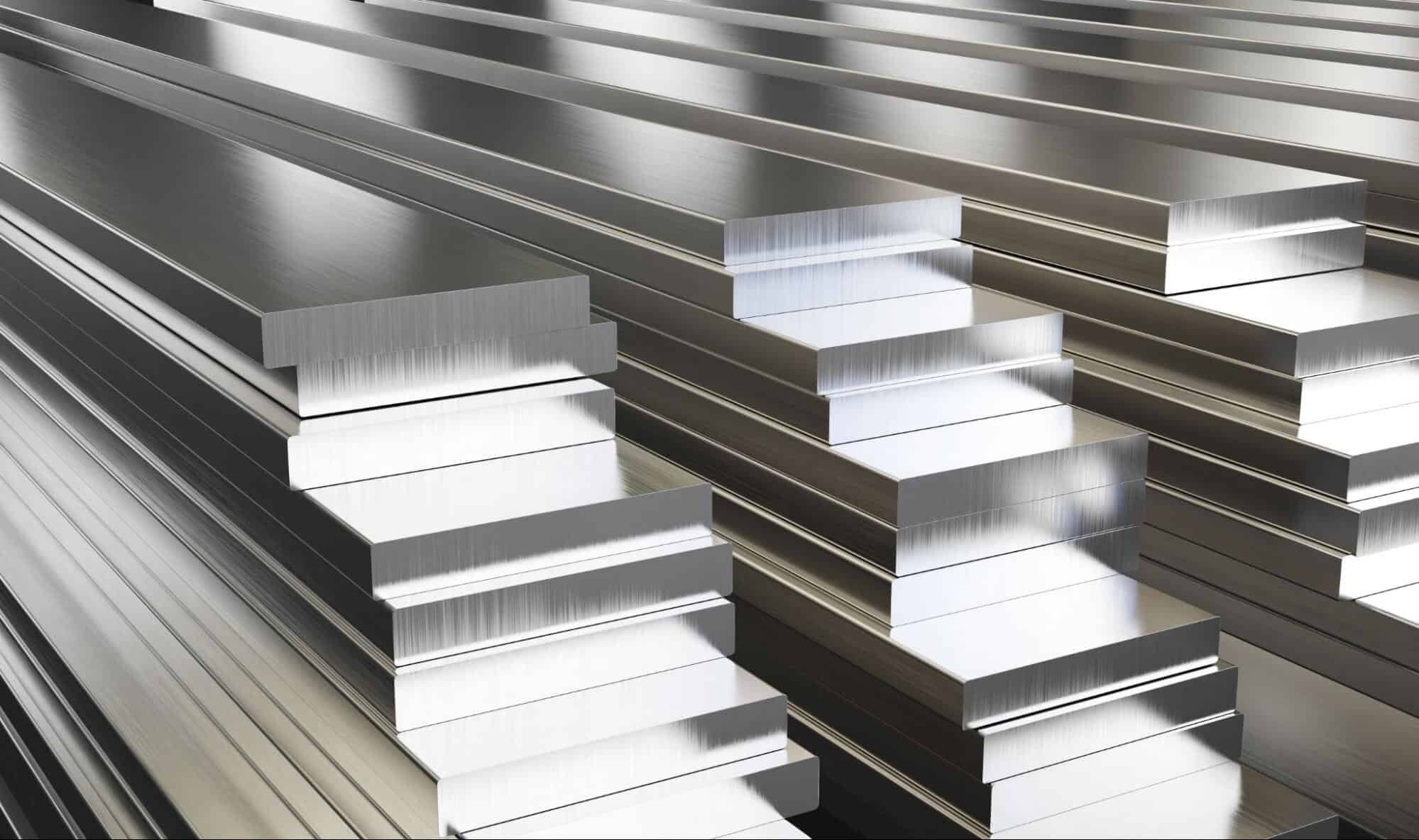

The composite PMI for the aluminium downstream and alloy processing industry in May was recorded at 49.8 per cent, approaching the 50 mark but remaining in contraction territory. It fell by 1.8 percentage points M-o-M and increased by 8.7 per cent year-on-year (Y-o-Y). The main reasons were the arrival of the off-season in May, coupled with the aluminium price fluctuating at highs, weak end-use demand in the industry, and sluggish growth in new orders.
 Image source: https://industrialmetalservice.com/
Image source: https://industrialmetalservice.com/
The primary aluminium alloy industry in May exhibited characteristics of "stability amid pressure and structural transformation," maintaining overall production resilience but with strong wait-and-see sentiment and no rush in exports.
The downstream demand for secondary aluminium in May continued the weak trend seen since April, with the off-season characteristics becoming more pronounced.
Primary aluminium alloy: The primary aluminium alloy PMI in May was 41.5 per cent, down 4.3 percentage points M-o-M. The sector exhibited "stable yet pressured, structurally transitioning" characteristics, with production and new orders indices at 36.8 per cent and 31.7 per cent, respectively, reflecting pronounced pressure on domestic demand during the off-season.
Leading enterprises' operating rates fluctuated rangebound throughout the month, rebounding slightly early month due to weaker aluminium prices and mid-year full production targets, dipping mid-month amid aluminium price rebounds suppressing processing fees and off-season effects, and stabilising weakly from late month to month-end. April customs data showed significant export market restructuring: wheel hub exports to the US fell 18.3 per cent M-o-M to 5,200 tonnes (first time below 30 per cent share), while Mexico channel exports exceeded 10,000 tonnes for the first time (up 22.7 per cent M-o-M and 44 per cent Y-o-Y), highlighting top firms' success in mitigating trade risks via overseas capacity deployment.
The industry as a whole maintained production resilience but was marked by a strong wait-and-see sentiment. Despite signs of easing in Sino-US trade tensions, enterprises remained cautious in assessing the impact of new tariffs, with no significant "rush to export" phenomenon observed for the time being.
Looking ahead, under the dual constraints of off-season factors and uncertainty in tariff negotiations, the industry's operating rates may continue to exhibit a generally stable trend with a slight fall trend. A substantive shift in the trend will await the implementation of details from Sino-US consultations. SMM expects the PMI for the primary aluminium alloy industry to remain below the 50 mark in June, with a high probability of continuing to decline.
Secondary alloy: In May, the PMI for the secondary aluminium industry declined slightly M-o-M to 37.0 per cent, continuing to pull back below the 50 mark. Specifically, downstream demand for secondary aluminium in May remained weak, following the trend since April, with the characteristics of the off-season becoming more pronounced. Both domestic and overseas orders showed varying degrees of reduction.
Affected by this, secondary aluminium alloy prices were trapped in a dilemma of being "more likely to fall than rise," while the supply of raw materials remained tight and prices stayed high, leading to a further expansion in production losses for enterprises. Influenced by insufficient orders, losses, and the Labour Day holiday, secondary aluminium production in May declined.
In terms of inventory, enterprises faced significant sales pressure, leading to a continuous accumulation of finished product inventories. Due to fluctuating aluminium prices and increased difficulty in procuring aluminium scrap, enterprises maintained low levels of raw material inventories. Looking ahead to June, the off-season effect in the secondary aluminium industry will further deepen, and the industry's PMI is expected to remain below the 50 mark.
Brief commentary
In May, the aluminium processing industry entered the off-season, with insufficient demand and weak domestic demand affecting most sectors, showing significant structural differentiation. The PMI for the aluminium processing industry in May was recorded at 49.8 per cent, down 1.8 percentage points M-o-M and up 8.7 per cent Y-o-Y, still in contraction territory.
The main reasons were the off-season combined with high aluminium prices fluctuating at highs, and weak end-use demand leading to sluggish new orders. The primary aluminium alloy sector showed stability under pressure, with a strong wait-and-see sentiment overall. The secondary aluminium sector saw a continuous reduction in both domestic and overseas orders, with the characteristics of the off-season becoming more pronounced.
Looking ahead to June, disruptions in the overseas trade environment are expected to persist, and domestic end-use demand may remain weak. Under the traditional off-season, this may further suppress production enthusiasm. Continuous attention should be paid to changes in overseas market risks and actual production conditions in various sectors.
Note: This article has been issued by SMM and has been published by AL Circle with its original information without any modifications or edits to the core subject/data.
Responses








